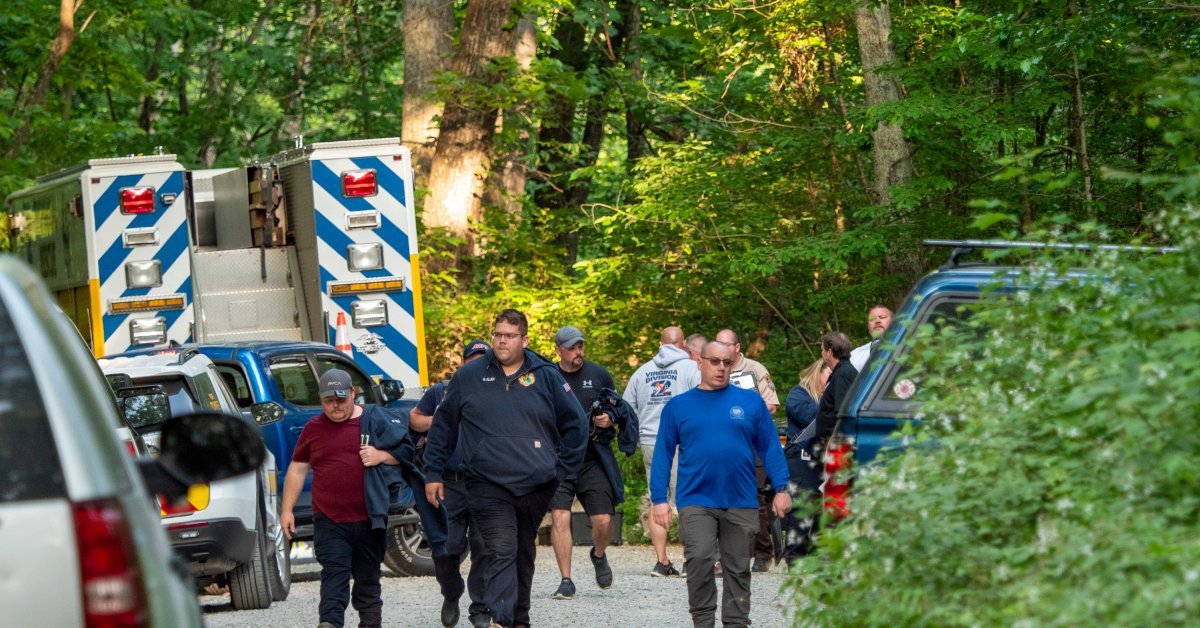There was a lot of talk about it because fighters were scrambled and created a sonic boom over DC.

 time.com
time.com

No Survivors Found at Virginia Jet Crash Site
A wayward and unresponsive business plane that flew over Washington Sunday afternoon caused the military to scramble a fighter jet.

